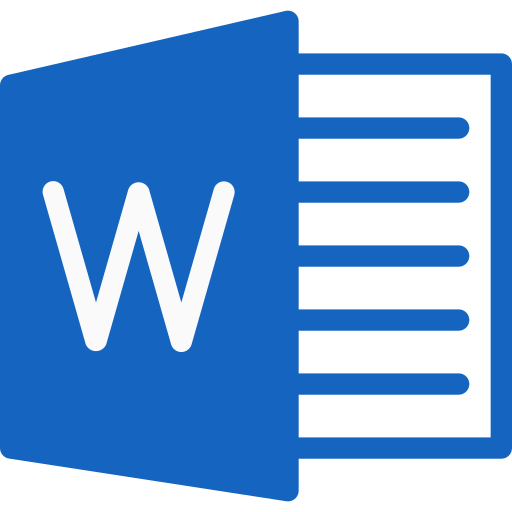Download free Sample Resume for a Nurse Practitioner and update your info according to your skills and experience, career milestones etc.

A nurse practitioner (NP) is a very important part of the health care business. They provide advanced care and knowledge to patients. As an NP, you need to craft a unique resume if you want to land the best jobs. In this piece, we show you a sample nurse practitioner resume that showcases your skills, experience, and qualifications to help you stand out in a crowded job market.
1. Choose the right format for your resume
If you are a nurse practitioner, choose a reverse-chronological style for your resume. This format puts the most weight on your most recent experiences and accomplishments, so employers can immediately see how you’ve grown in your job and what skills are important to them.
2. Write a good summary of your work experience.
Start your resume with a strong professional statement that shows your skills and how much you care about helping people. Keep it brief and to the point and emphasize your years of experience, skills and commitment to caring health care.
3. Talk about what you learned.
Your schooling is the most important part of your resume as a nurse practitioner. List your highest degree first. Include the name of the nursing school, the degree you earned, and the date you graduated. Make sure any specializations or certifications you acquire are relevant to your NP practice.
4. Demonstrate your experience as a nurse
In reverse chronological order, list your nursing tasks and responsibilities under “Work Experience.” Focus on leadership roles, areas of expertise, and patient groups you’ve worked in. If you can, put a number on your accomplishments and use metrics to show the impact you’ve had in previous jobs.
5. Focus on clinical skills and competencies
As an NP, you have a wide range of skills in the medical field. Create a separate section to demonstrate these skills, such as patient assessment, diagnosis, treatment plan planning, and medication administration. Also, say if you have been trained to perform any special treatments or interventions.
6. Show how well you can talk to and work with people.
In nursing, being able to communicate well with people is important. Show how well you get along with patients, their families and other healthcare workers. Demonstrate your strong relationship skills, which are vital to building trust and ensuring patients do well.
7. Include certifications and continuing education.
As a health care worker, it is important to stay abreast of the latest medical developments. List any classes, workshops, or certifications you have taken for learning. It shows that you want to keep learning and get better at your job.
8. List your professional affiliations.
If you are part of any professional nursing groups, include them on your resume. Being a part of these organizations shows that you care about the nursing community and want to keep up with changes in the field.
9. Use key words and key phrases
Include keywords and phrases from the job description to help applicant tracking systems (ATS) find your resume. ATS looks for certain words in resumes, so using them strategically will increase your chances of getting selected.
10. List references from your work
Include a section for professional referrals or say they can be sent to you if you ask. Before you put these people’s names on your resume, make sure you have their permission.
11. Check for mistakes and edit carefully
Before you send your resume, check it carefully for typos and grammatical errors. A well-written and error-free resume shows that you have attention to detail, which is very important in the healthcare field.
12. Make each application unique
Make sure your nurse practitioner resume is tailored to each job you apply for. Demonstrate experiences and skills that meet the requirements of the job you are applying for. This makes your application more relevant to what the employer is looking for.
As a nurse practitioner, your resume is a key way to showcase your skills and qualifications to potential employers. By following the advice in this article and using a sample nurse practitioner resume, you can create a strong document that will stand out in a tough job market. Remember to highlight your clinical skills, your compassionate care for patients, and your desire to grow as a professional. With the right resume, you’ll be well on your way to landing good jobs and making a big difference in the medical field.
FAQ’s
1. How long should my CV for Nurse Practitioner be?
The best length for a nurse practitioner resume is between one and two pages. Keep it brief and focus on applicable skills and experiences.
2. Should I list my nursing license information on my resume?
Yes, it is important to list your nursing license information, such as your license number and the state in which you are registered.
3. Can I put non-nursing work experience on my resume?
Nursing experiences are important first, but you can also include non-nursing work experiences that show you have useful skills in your NP practice.
4. How can I show that patient-centered care is important to me?
In your professional summary, talk about how you care for patients, and in your work experience, your patient outcomes and satisfaction.
5. Do I need a cover letter when I send my resume?
A well-written cover letter isn’t always necessary, but it gives you an opportunity to show your interest in the job and showcase your personality and communication skills. For a more complete application, you may want to include a cover letter.
Putting together a great resume for a nurse practitioner is the first step to a successful job in healthcare. Personalize your resume to showcase your strengths and skills as an NP, and you’ll have a better chance of landing the job you want. Good luck finding a job!
